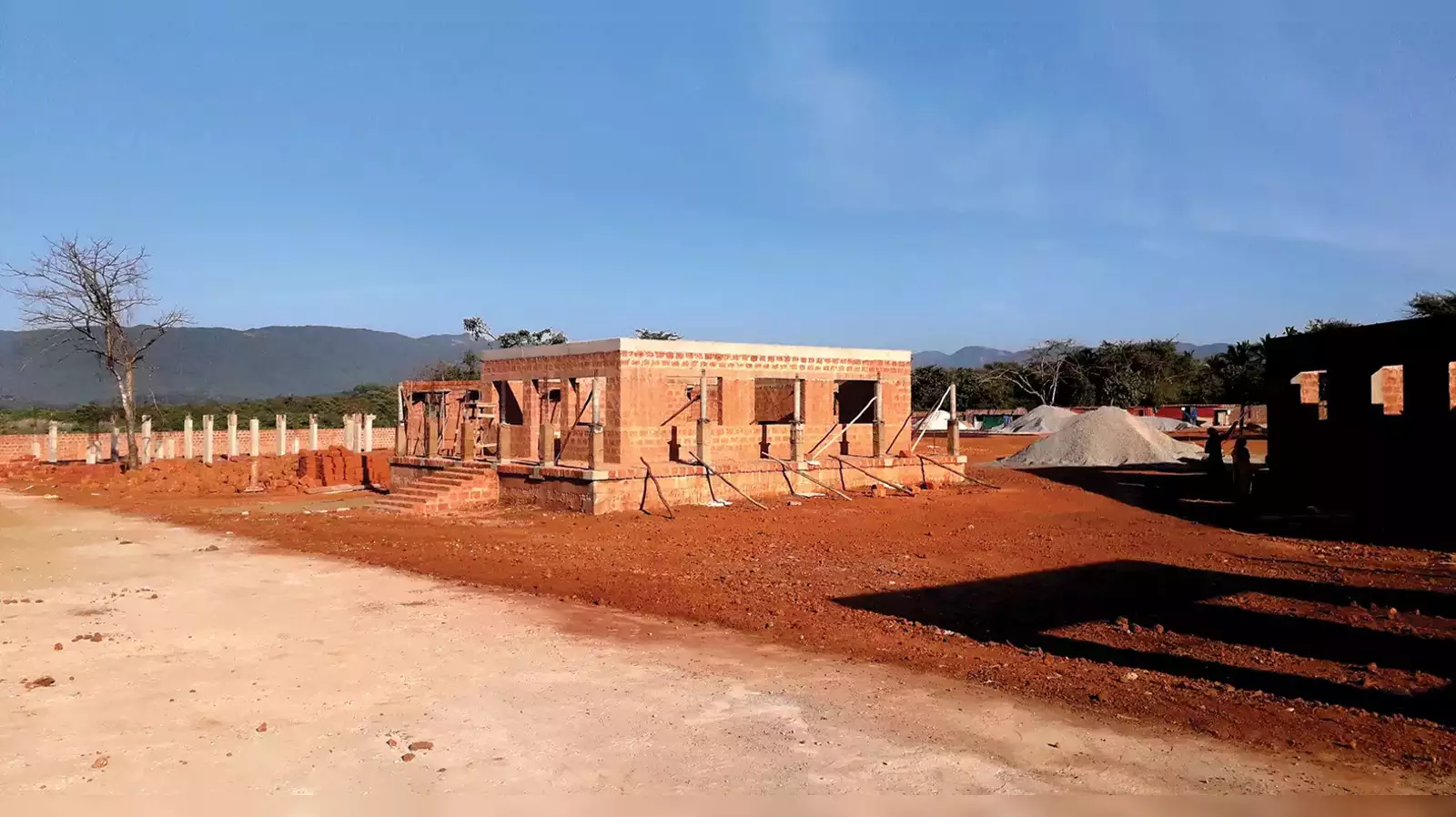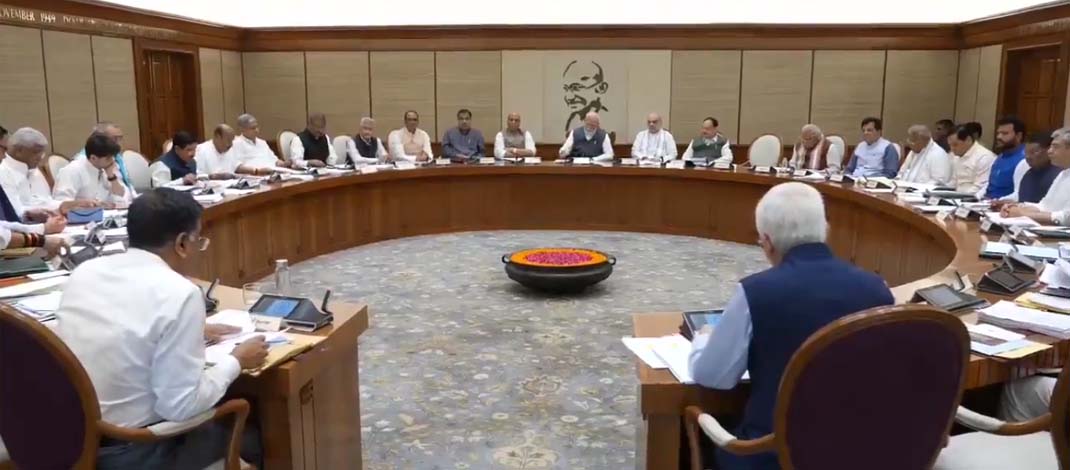- Courses
- GS Full Course 1 Year
- GS Full Course 2 Year
- GS Full Course 3 Year
- GS Full Course Till Selection
- Online Program
- GS Recorded Course
- NCERT (Recorded 500+ Hours)
- Polity Recorded Course
- Geography Recorded Course
- Economy Recorded Course
- AMAC Recorded Course
- Modern India, Post Independence & World History
- Environment Recoded Course
- Governance Recoded Course
- Science & Tech. Recoded Course
- International Relations and Internal Security Recorded Course
- Disaster Management Module Course
- Ethics Recoded Course
- Essay Recoded Course
- Current Affairs Recoded Course
- CSAT
- 5 LAYERED ARJUNA Mentorship
- Public Administration Optional
- ABOUT US
- OUR TOPPERS
- TEST SERIES
- FREE STUDY MATERIAL
- VIDEOS
- CONTACT US
Cabinet Approves "Vibrant Villages Programme-II (VVP-II)" for 2024-25 to 2028-29
Cabinet Approves "Vibrant Villages Programme-II (VVP-II)" for 2024-25 to 2028-29

- The Cabinet has approved the Vibrant Villages Programme-II (VVP-II) for the financial years 2024-25 to 2028-29. This new phase builds on the foundation established by the first phase, VVP-I, which focused on border villages along India’s northern frontier.
- The initiative underscores India's commitment to the vision of a Viksit Bharat by 2047, aiming to ensure that the country’s land borders are safe, secure, and self-sufficient.
Why Border Populations Are a Strategic Asset
1. Source of Local Knowledge: Border populations, especially those in remote areas, possess valuable knowledge about local environmental conditions and cross-border activities. They maintain informal networks that provide critical information on security concerns, enhancing national defense efforts.
2. Surveillance & Early Warning Systems: Local nomads and shepherds often act as the first line of defense, providing early warnings for potential border transgressions. One example of this was Tashi Namgyal during the Kargil War, whose vigilance contributed to national security.
3. Logistical Support: Border villages play a vital role in supporting patrol forces by providing food, shelter, and labor, especially in difficult terrains. These communities act as logistical backbones, enabling effective border management.
4. Reinforcing Territorial Claims: Settled populations in disputed border areas help fortify territorial claims. For example, Article 7 of the 2005 India-China Agreement emphasizes the importance of settled populations in reinforcing India’s territorial integrity.
Previous Development Efforts: Over the years, various initiatives have been launched to improve the conditions of border areas:
- 1986-87: Border Area Development Programme
- 2005-06: Model Village Initiative
- 2015: Smart/Model Village Development
Key Features of Vibrant Villages Programme-II (VVP-II)
1. Scheme Type and Coverage: VVP-II is a Central Sector Scheme, fully funded by the Centre. Unlike VVP-I, which was a Centrally Sponsored Scheme, VVP-II aims to cover strategic villages along India’s international land borders (ILBs) across 17 states and Union Territories. It excludes northern border blocks already covered under VVP-I (2023-24).
2. Objectives of VVP-II: The core objectives of the programme are:
- Improvement of living conditions in border villages.
- Provision of livelihood opportunities for local communities.
- Control of trans-border crimes.
- Integration of local populations as vital contributors to national security, acting as ‘eyes and ears’ for the government.
3. Key Components of VVP-II
- Infrastructure Development: Investments will be made in essential infrastructure, including roads, housing, sanitation, drinking water, and SMART classrooms. All-weather road connectivity will be prioritized under the Pradhan Mantri Gram Sadak Yojana (MGSY-IV).
- Value Chain & Livelihood Development: VVP-II will support cooperatives, Self-Help Groups (SHGs), and border-specific outreach initiatives to create sustainable livelihoods in these villages.
- Welfare Scheme Convergence: The programme will ensure the implementation of existing welfare schemes in the identified villages, ensuring full coverage under the convergence model.
- Cultural & Tourism Promotion: The programme will also focus on promoting local heritage and tourism through organizing fairs, festivals, awareness camps, and national day celebrations.
- PM Gati Shakti: The PM Gati Shakti initiative will be utilized to ensure the effective implementation and smooth execution of the VVP-II projects.



